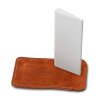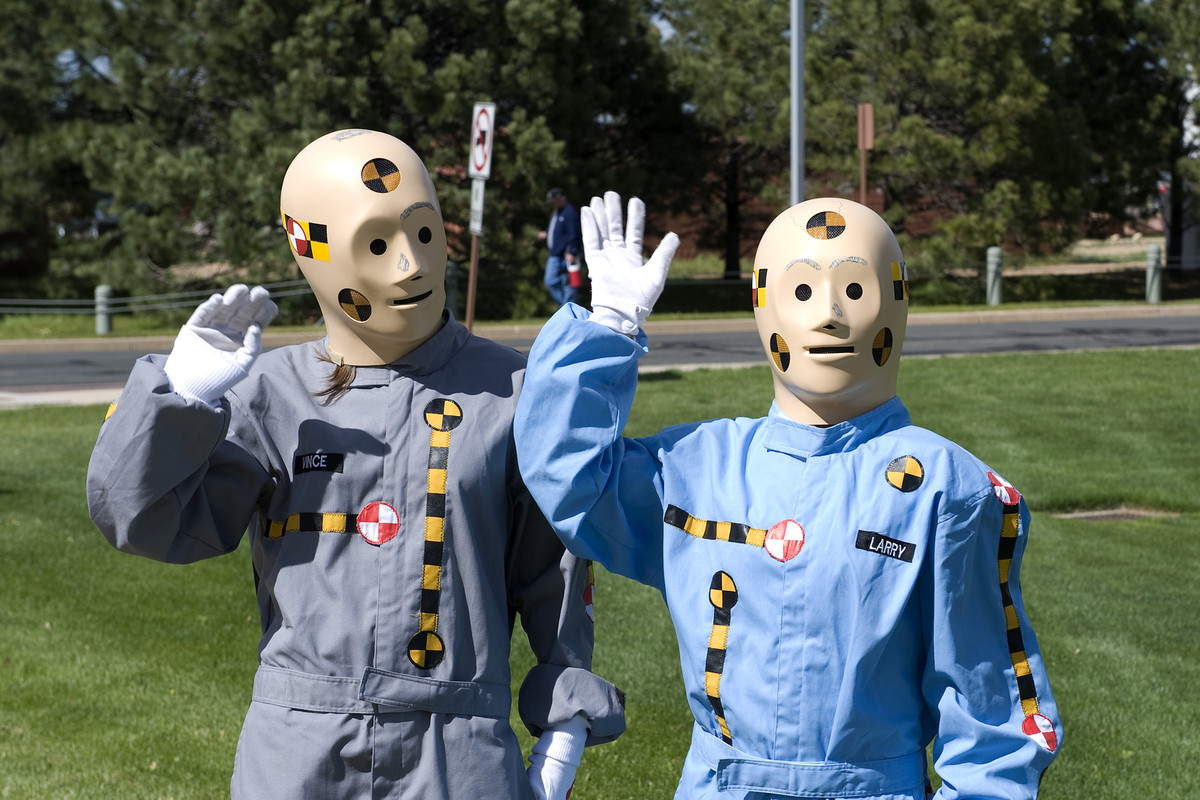-
The BladeForums.com 2024 Traditional Knife is available! Price is $250 ea (shipped within CONUS).
Order here: https://www.bladeforums.com/help/2024-traditional/
You are using an out of date browser. It may not display this or other websites correctly.
You should upgrade or use an alternative browser.
You should upgrade or use an alternative browser.
Now that I've bought the Kukri
- Thread starter MattinLA
- Start date
Non.Nisi.Te
Gold Member
- Joined
- Apr 2, 2020
- Messages
- 777
- Joined
- Sep 4, 2011
- Messages
- 11,304
1 You can free hand sharpen with your sharpmaker stones , get some venev diamond plates or what
 Non.Nisi.Te
posted above!
Non.Nisi.Te
posted above!
2 Depends on how many times it
hits to the steel pole holding it up lol
2 Depends on how many times it
hits to the steel pole holding it up lol
Last edited:
Thanks1) diamond or ceramic rods, or a "slip stone", I think these were originally designed for honing a scythe, spyderco makes one:
View attachment 2934008
View attachment 2934009
I have a cheap Kukri I can practice on
Last edited:
- Joined
- Oct 18, 2018
- Messages
- 8,526
I think Mythbusters was the first time I recall seeing edged weapons tested on those ‘realistic’ ballistics gel dummies (the ones made with synthetic skeletons and pseudo organs).2) How would it do against a Ballistic Dummy?
While I haven’t had the chance to slice/dice/hack one up with a sword/blade, one of my observations is that the friction is completely different from cutting a mammal (living or dead).
Ballistics gelatin was basically developed specifically as a flesh analogue against bullets at firearm speeds (and even then, it’s not really a precise/accurate depiction, but it IS consistent).
I’m not sure why anyone would think that should automatically translates to blades/edged weapons.
Even in Forged in Fire, you can see the difference due to the different friction coefficients. Through cuts happen more often on the animal cuts, than the ballistics gel dummy cuts.
*** in contrast, the Japanese practice of tameshigiri, using soaked tatami or bundles of water soaked rice stalks, was developed as a convenient analogue at a time when test cutting on live targets (condemned criminals) was still done, so those swordsmen were looking for an analogue that best resembled what they experienced when cutting through actual people.
Last edited:
I think Mythbusters was the first time I recall seeing edged weapons tested on those ‘realistic’ ballistics gel dummies (the ones made with synthetic skeletons and pseudo organs).
While I haven’t had the chance to slice/dice/hack one up with a sword/blade, one of my observations is that the friction is completely different from cutting a mammal (living or dead).
Ballistics gelatin was basically developed specifically as a flesh analogue against bullets at firearm speeds (and even then, it’s not really a precise/accurate depiction, but it IS consistent).
I’m not sure why anyone would think that should automatically translates to blades/edged weapons.
Even in Forged in Fire, you can see the difference due to the different friction coefficients. Through cuts happen more often on the animal cuts, than the ballistics gel dummy cuts.
*** in contrast, the Japanese practice of tameshigiri, using soaked tatami or bundles of water soaked rice stalks, was developed as a convenient analogue at a time when test cutting on live targets (condemned criminals) was still done, so those swordsmen were looking for an analogue that best resembled what they experienced when cutting through actual people.
Thanks
I'll try and get a carcass
tinfoil hat timmy
Gold Member
- Joined
- Aug 21, 2014
- Messages
- 21,085
cut watermelons with it
cut watermelons with it
There was poster from China that asked if Delta 3V could cut through Coconuts and pig thighs.
I'm gonna put those on my list



